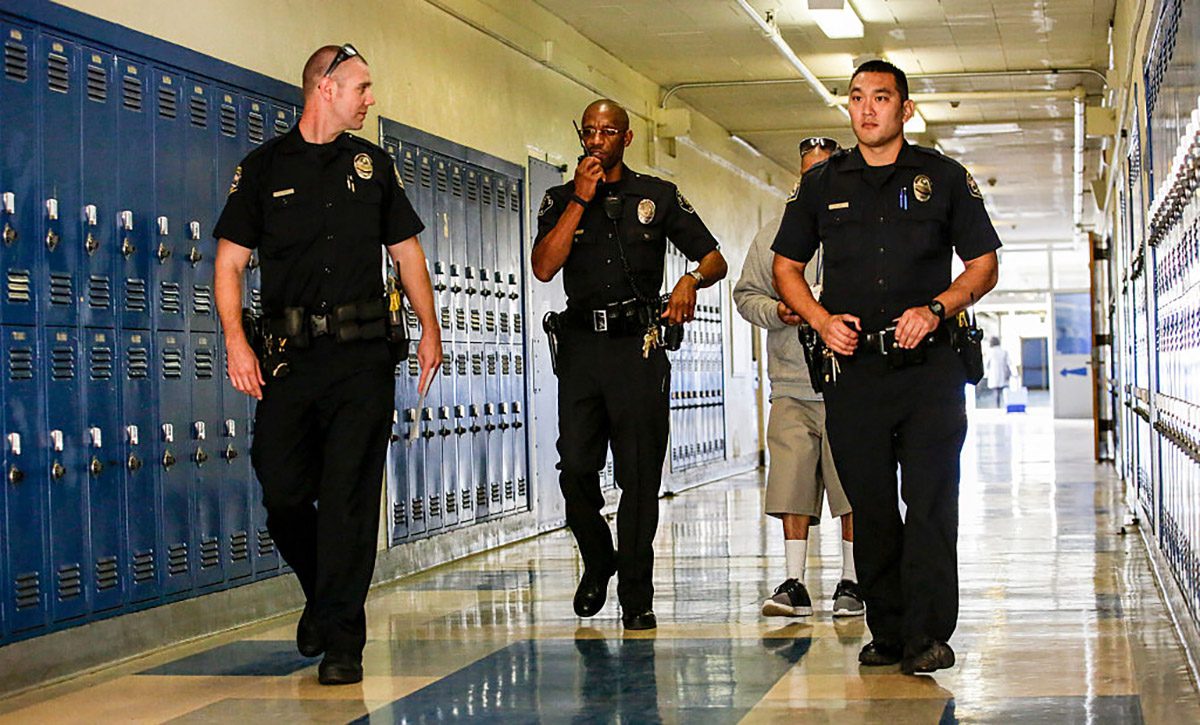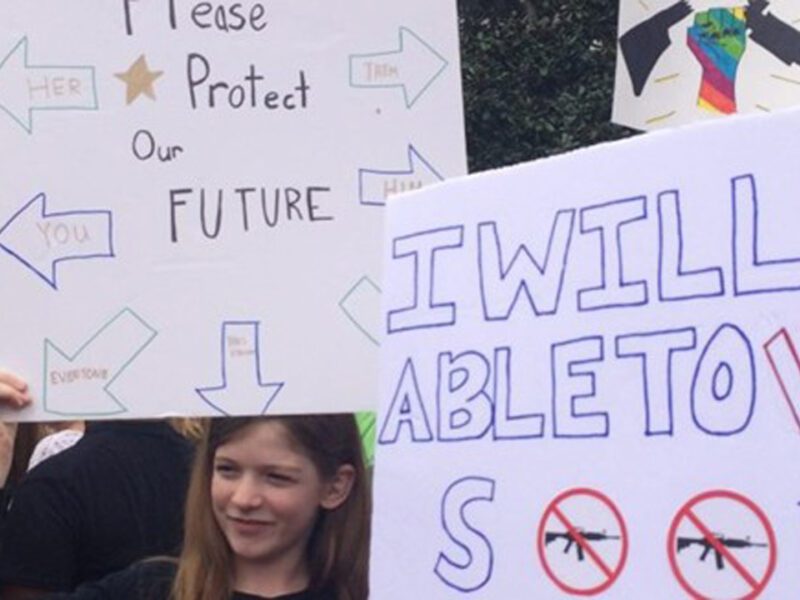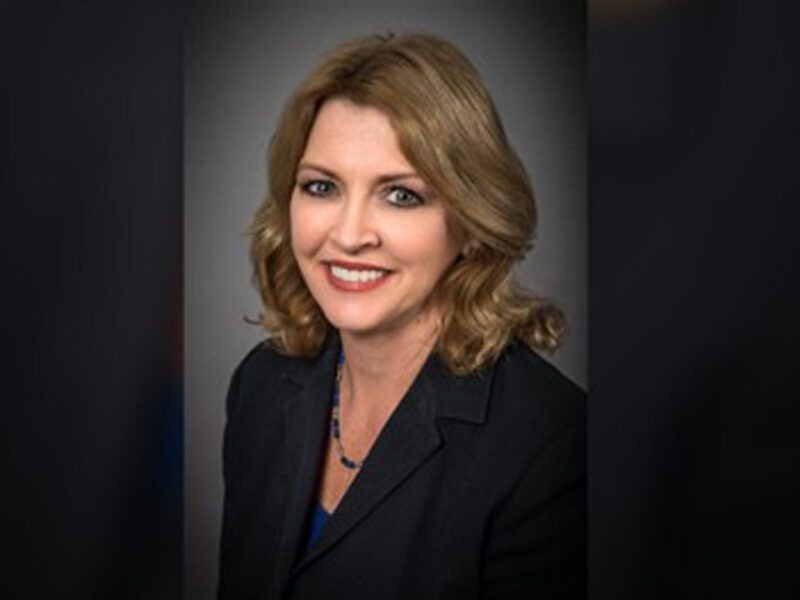
Analysis: NEA Calls For End to School Police Policies Union Previously Supported
Last year the National Education Association created a task force to form a new policy on ‘safe, just, and equitable schools’
The 74 | By Mike Antonucci | June 23, 2022
Last year the National Education Association created a task force to form a new policy on “safe, just, and equitable schools.” The task force’s recommendations were approved by the union’s board of directors in May and will go before delegates to the NEA Representative Assembly next month for final authorization.
The task force released a 79-page report to accompany the policy statement. It is dense reading, but its purpose is to formalize NEA’s support for “evidence-based behavioral practices centered in the philosophy of restorative justice over the criminalization and policing of students.”
To achieve that goal, the union demands an end to supplying military weapons and technology to school police, and to the construction of “prison-like school environments that employ metal detectors, random searches, and other building and design elements that diminish a thriving and nurturing school climate.”
While the policy does not call for an outright ban on police in schools, it makes numerous arguments against their presence, and demands limits on the growth of the school resource officer (SRO) workforce.
NEA sees this as a racial justice issue, stating that “Native, Asian, Black, Latin(o/a/x), Middle Eastern and North African, Pacific Islander, and Multiracial students, including those who identify as LGBTQ+, have disabilities, and/or are English language learners are in greater jeopardy in schools with a presence of police and law enforcement.” (NEA communications policy requires the listing of these groups in this exact order, rather than using a collective term.)
The report states specifically that the presence of uniformed, armed law enforcement and security personnel on school campuses has the effect of criminalizing students. The task force asserts that “there is no proof that SROs prevent school shootings,” and that “SROs have shot and killed students, tasered students, tackled and punched students in the head, sprayed students with pepper spray, choked students, thrown students to the ground, and thrown students against walls and lockers.”
How did the situation reach this point? The task force reports that in the 1990s false or exaggerated reports of rising juvenile crime prompted politicians to pour millions of dollars into school policing programs.
The report doesn’t mention those politicians by name, but one of them was then-Senator Joseph Biden, who, in introducing a multi-year appropriation for the federal Cops in Schools program in June 2001, said, “Let’s give school resource officers to every school that wants one. Let’s give parents a little peace of mind that their kids are safe when they get on that school bus and head off to learn. Let’s give teachers a hand in maintaining order in their classrooms.”
Sen. Biden said his amendment was endorsed by the National Education Association.
Nowhere in the NEA task force’s report will you find any mention of the union’s role in advocating for efforts to put more cops in schools. Laudatory stories NEA staffers wrote about SROs were scrubbed from the union’s web site long ago. One such post, from 2011, noted that “so-called ‘hard’ responses are sometimes necessary. These include metal detectors, surveillance cameras, evacuation drills, and allowing police officers to work on campus.”
In January 2013, after the Sandy Hook massacre, President Obama proposed legislation which, among other things, appropriated $150 million to hire SROs. Both NEA and the American Federation of Teachers supported the bill.
NEA wasn’t simply an observer when it comes to school resource officers. An estimated 4,000 of them are NEA members, and the union still promotes their image in its literature.
Just as the NEA has apparently changed its mind about police in schools, it has also started promoting the idea that schools are unsafe environments for its members. An article from March 2022 cites a study claiming “one-third of teachers report that they experienced at least one incident of verbal harassment or threat of violence from students during the pandemic.”
The task force report does make one small nod toward accountability. It notes that educators show a tendency to use SROs to handle student misconduct.
“Most often, it will be educators — administrators, counselors, teachers, ESPs, and other adults on campus — who precipitate the criminalization of school behavior,” the report states.
Finding a proper security balance that keeps students and teachers safe, while greatly reducing abuses, is a daunting task. But we should be skeptical about recommendations from the same folks who helped bring us to this pass.





